- Home
- slideshows
- miscellaneous
- Toyota reveals the bizarre autonomous and electric vehicles that will whisk athletes and visitors around for the 2020 Tokyo Olympics
Toyota reveals the bizarre autonomous and electric vehicles that will whisk athletes and visitors around for the 2020 Tokyo Olympics
Toyota plans on deploying around 200 Accessible People Movers, or APMs, specifically for Tokyo 2020. This battery-powered vehicle is designed to be the “last one-mile” solution to transport athletes, staff, and visitors to events and venues, as well as a “relief vehicle," which could be used to transport injured athletes.

For “last mile” purposes, the three-row APM can fit five passengers and one driver, and the seats can be folded to accommodate a wheelchair. For “relief” use, the APM can be used as an ambulance-type of vehicle.
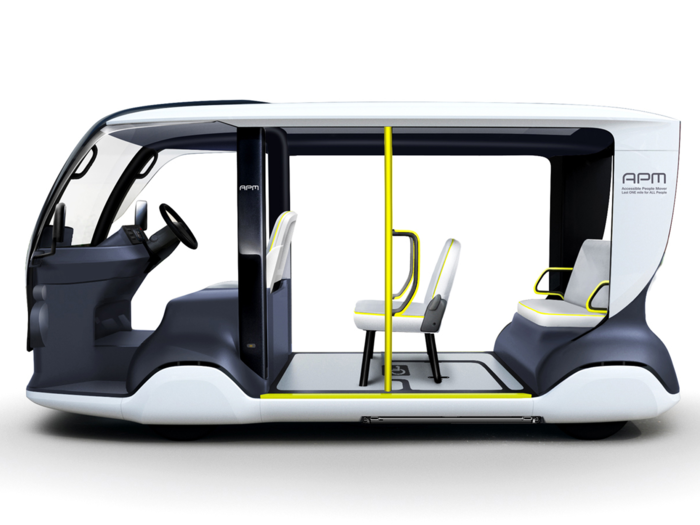
The second and third row space can be used as a stretcher, and an independent stretcher can be secured to the vehicle as well. With its current layout, two relief staff workers can fit adjacent to the stretcher space.
The e-Palette was developed specifically for Autono-MaaS, an Uber and Toyota partnership that means "autonomous-mobility as a service," and is the automaker’s first battery-powered electric vehicle.
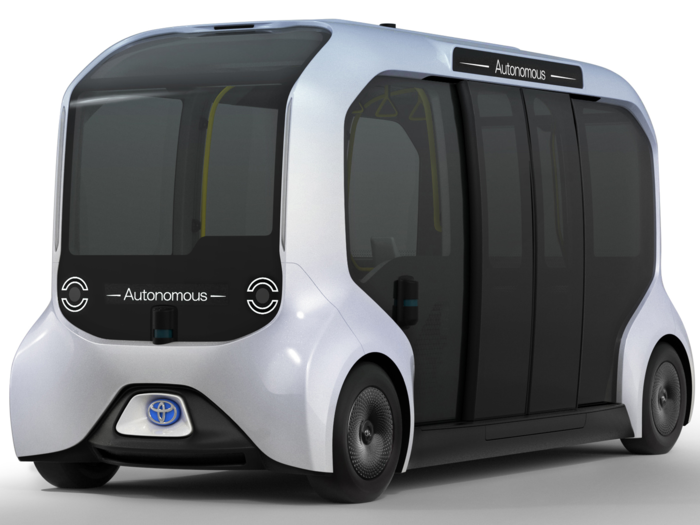
Dozens of the e-Palettes will be running on a continuous loop in the Olympic and Paralympic Village to transport athletes and staff like a bus. Toyota also plans for it to be an autonomous vehicle, while still having an operator on board to monitor the driving operations.
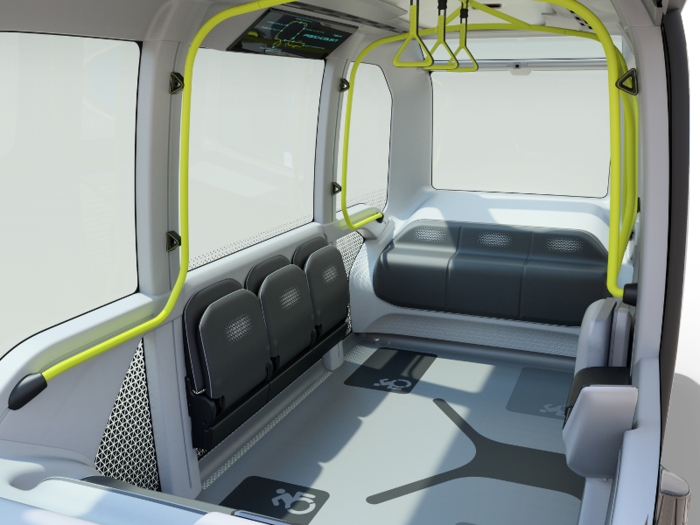
Like the APM, the e-Palette will be wheelchair accessible.
The Concept-i has a "high-tech one-motion silhouette exterior design," according to Toyota. The car, which was first unveiled in 2017, will be used in the Olympic torch relay and serve as the leading vehicle in the marathon.
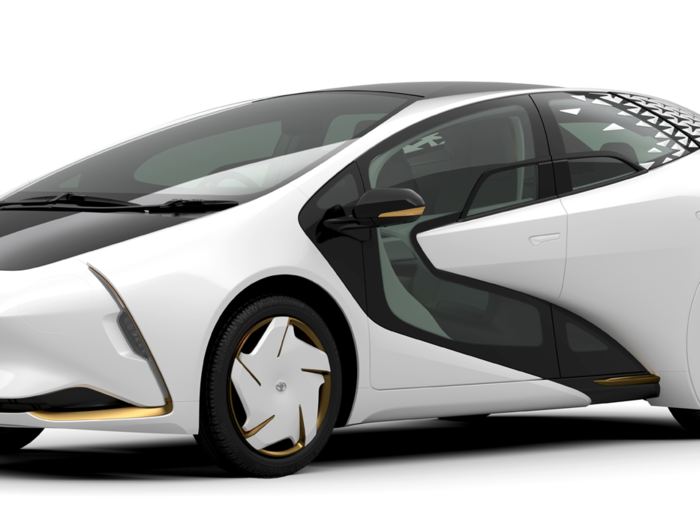
The Concept-i uses AI to absorb driving patterns, schedules, and emotions to better improve the quality of life for the passengers, according to Toyota.
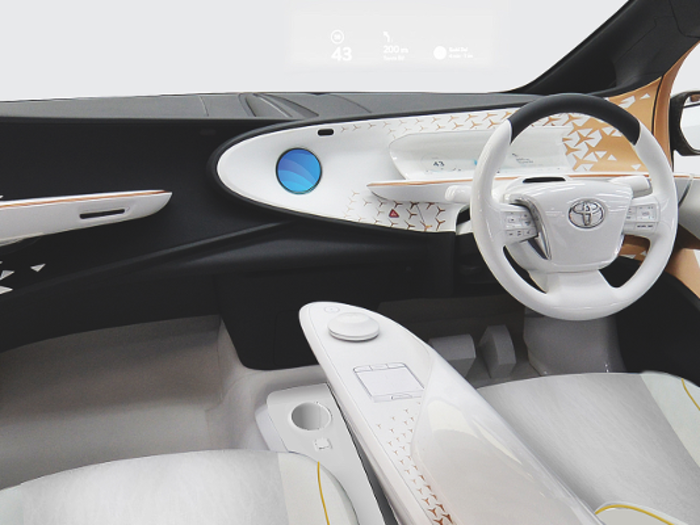
Toyota will be providing around 300 “standing-type” personal mobility devices for security and medical staff in the Olympic venues.
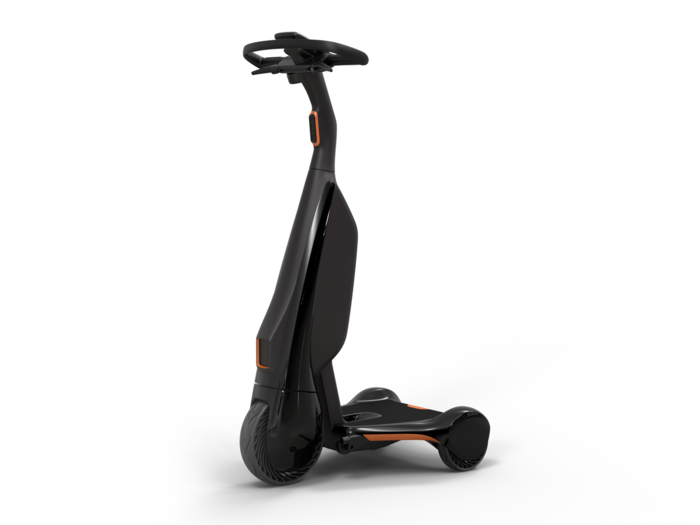
To increase accessibility, the automaker will also be implementing sitting-type and wheel-chair link devices for people who have difficulty standing and walking.
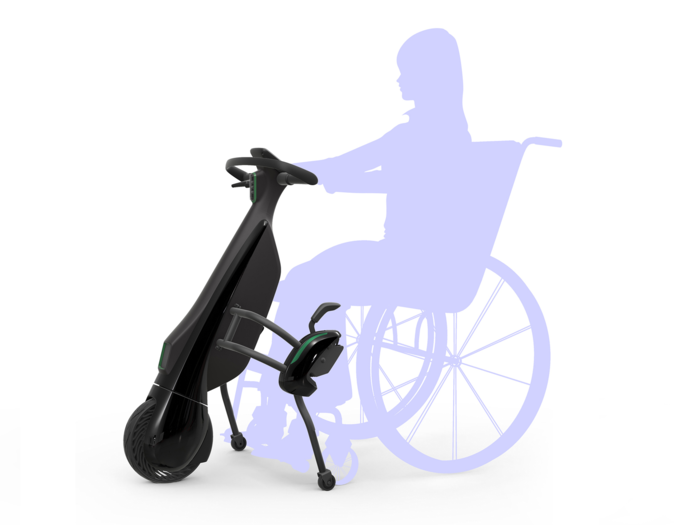
Toyota plans on providing around 500 Mirais to transport staff around and between the official Olympic venues.
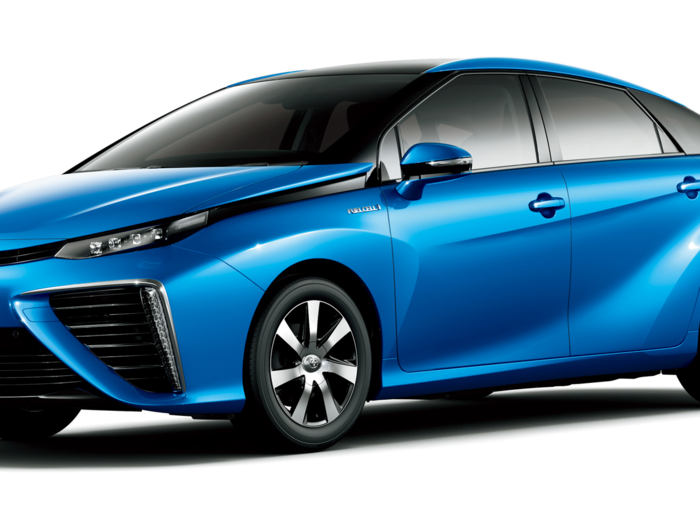
The Mirai, which means '"future" — has an MSRP of $58,500, and emits no carbon dioxide by using hybrid hydrogen fuel cell technology.
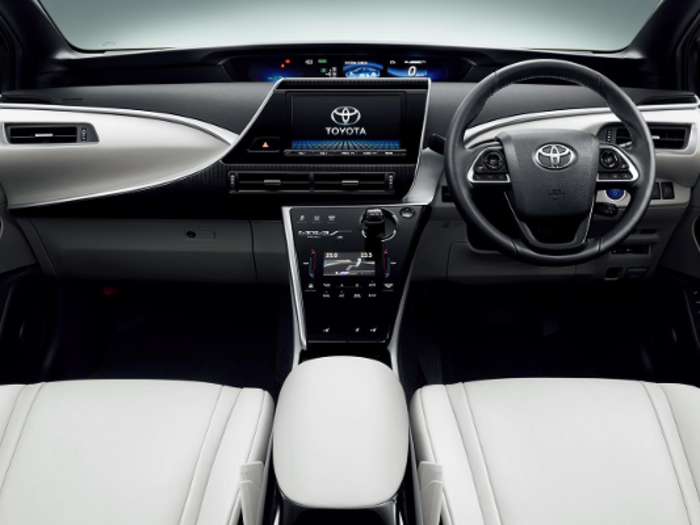
Popular Right Now
Advertisement